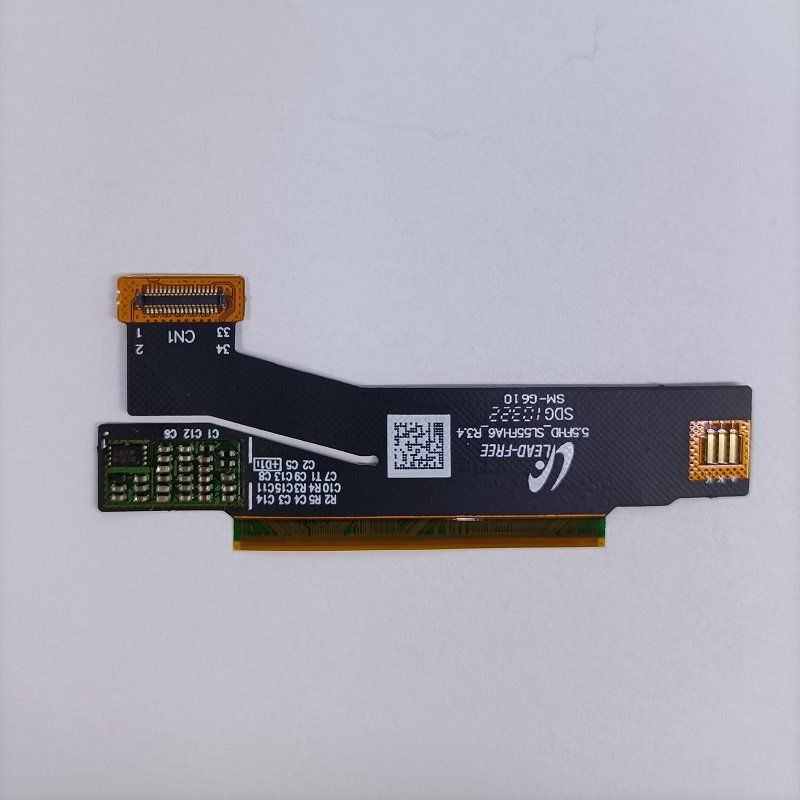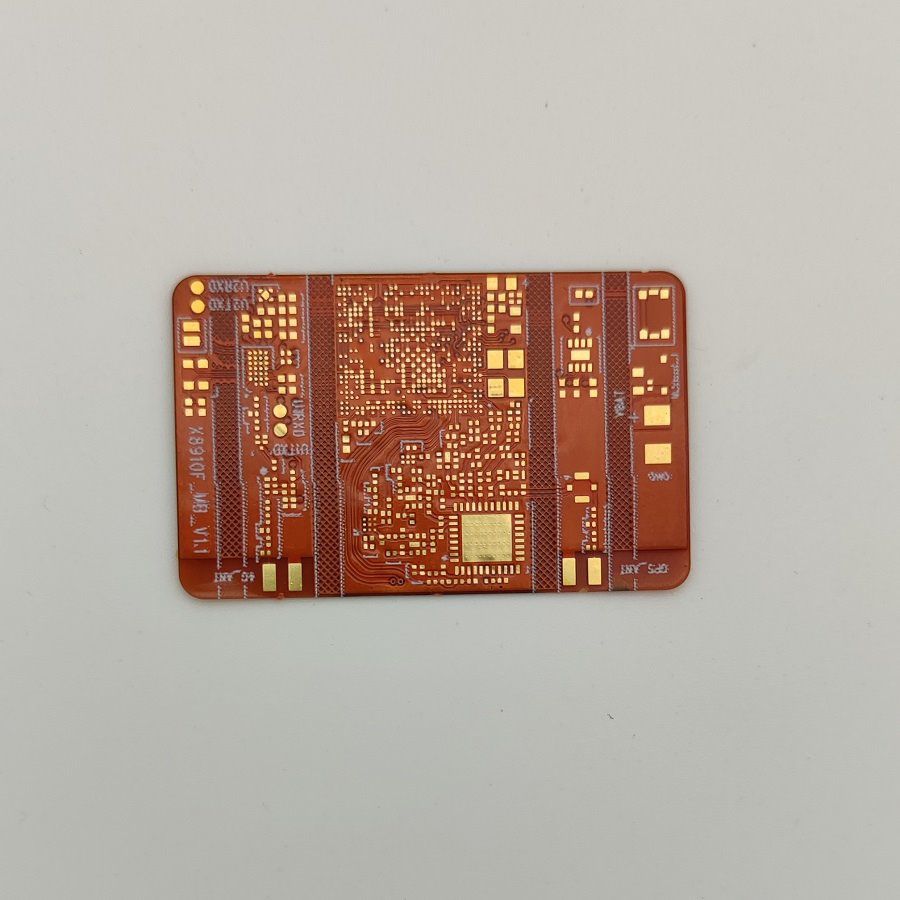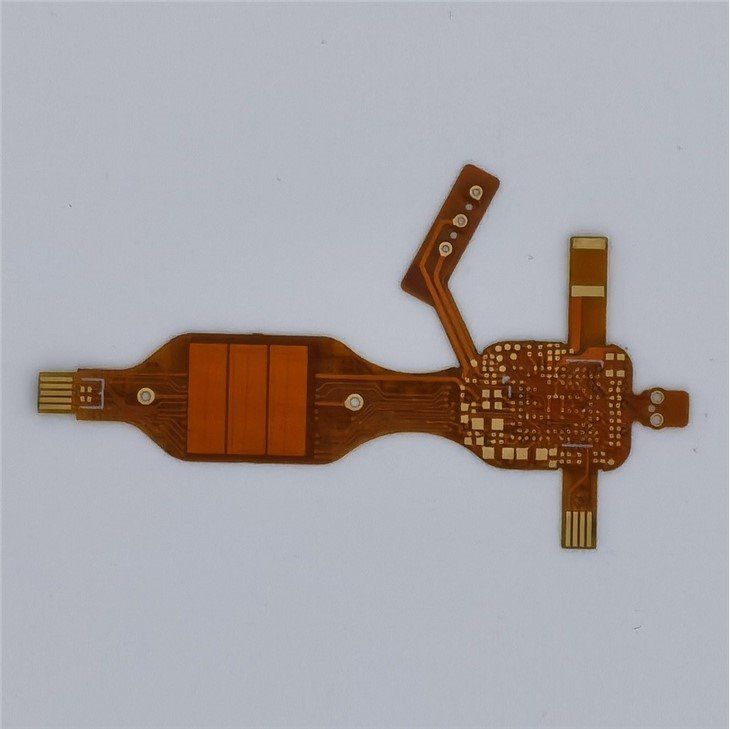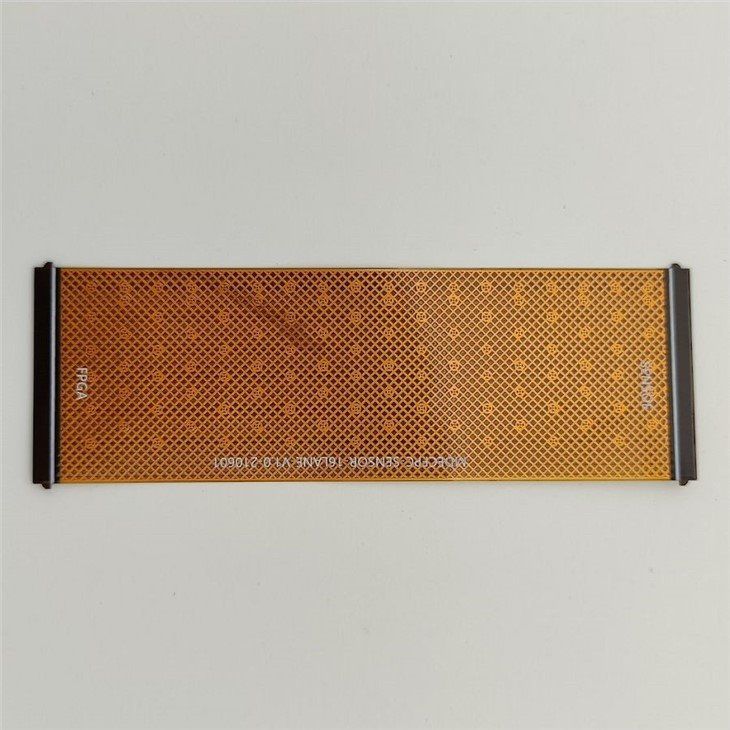The first one. Pad overlap
A、 Pad overlap (excluding surface mount pads) refers to the overlap of holes. During the drilling process, the drill bit may break due to repeated drilling, resulting in damage to the hole.
B、 In multi-layer FPC circuit boards, two holes overlap, for example, one hole is an isolation board and the other hole is a connection board (flower solder board), so after drawing the film, an isolation board will appear, resulting in scrap.
2、 Abuse of graphic layer
A、 Some useless connections were made on some graphic layers, and more than five layers of circuits were designed on the original four layer PCB board, causing misunderstandings.
B. Eliminate the hassle of design. Taking Protel software as an example, the Board layer is used to draw lines in all layers, while the Board layer is used to draw annotated lines. In this way, when lighting up data, the connection may be disconnected due to not selecting the Board layer, or a short circuit may occur due to selecting the annotation line of the Board layer.
C、 Violating conventional design, such as designing the component surface at the bottom layer and the soldering surface at the top, causing inconvenience.
3、 Characters misplaced
A、 The character covering of SMD solder pads brings inconvenience to the on/off testing of printed circuit boards and component soldering.
B、 The character design is too small, making it difficult to screen print, and too large will cause the characters to overlap with each other, making it difficult to distinguish.
4、 Setting of single-sided aperture for solder pads
A. Single sided solder pads generally do not require drilling. If drilling requires marking, the aperture should be designed to be zero. If a numerical value is designed so that the coordinates of the hole appear at this position when generating drilling data, the problem arises.
B、 If there are drilling holes, special markings are required for single-sided solder pads.
Five. Draw padding with filling blocks
Drawing pads with filler blocks can pass DRC inspection during circuit design, but are not suitable for machining. Therefore, solder mask data cannot be directly generated for similar pads. When applying solder mask, the filling area will be covered by solder mask, causing difficulty in soldering the device.
6、 The charged layer is composed of flower mats and connections
Because the power supply is designed as a flower pad, the layer is the opposite side of the image on the actual printed circuit board, and all lines are isolation lines, the designer should be very clear about this. By the way, when drawing isolation lines for several sets of power supplies or fields, be careful not to leave gaps, short circuit the two sets of power supplies, and do not block the connection area (to avoid one set of power supplies being separated).
7、 Unclear definition of processing hierarchy
A、 The single panel design is on the TOP layer. If the positive and negative poles are not specified, it may be that the produced board is mounted on the device without welding.
B、 For example, in the design of a four layer PCB board, four layers of TOP mid1 and mid2 bottom were used, but they were not placed in this order during processing. It needs to be explained.
Eight. Too many filling blocks in the design or filling blocks with a very thin line
A. There is a phenomenon of missing and incomplete photo data.
B、 Due to the fact that the fill blocks are drawn one by one during the processing of light painting data, the generated amount of light painting data is quite large, which increases the difficulty of data processing.
9、 Surface mount device solder pads are too short
This is for conducting on/off tests. For surface mounted devices that are too dense, the distance between the two legs is relatively small, and the solder pads are relatively thin. When installing the test pins, they must be staggered up and down (left and right). If the solder pad design is too short, although it does not affect the installation of the equipment, it will cause the position of the test pins to be incorrect.
10、 The spacing between large-scale grids is too small
The edges between the same lines of large-area grid lines are too small (less than 0.3mm), which can easily cause a lot of broken film to adhere to the board during the graphic transfer process after the image in the manufacturing process of printed circuit boards, leading to wire breakage.
11、 Large area copper foil is too close to the outer frame
A large area of copper foil should be kept at least 0.2mm away from the outer frame, because when milling the shape, if the copper foil is milled, it is easy to cause the copper foil to warp and cause the flux to fall off.
12、 Unclear frame design
Some customers have designed contour lines in Keep layer, Board layer, Top over layer, etc., but these contour lines do not overlap, making it difficult for PCB manufacturers to determine which contour line to use as the standard.
Thirteen. Uneven graphic design
During the electroplating process of graphics and text, the coating is uneven, which affects the quality.
When the copper surface area is too large, grid lines should be used to avoid bubbles during SMT.



















